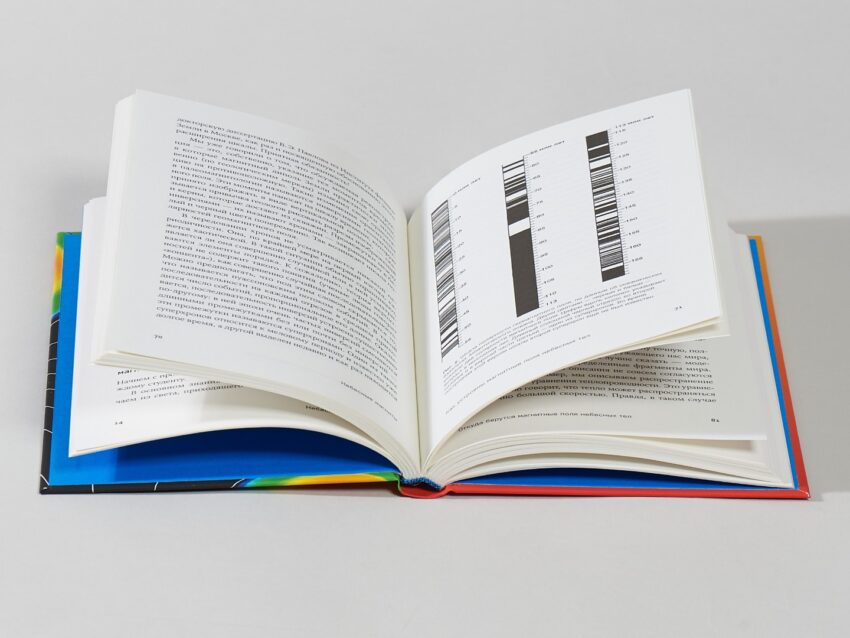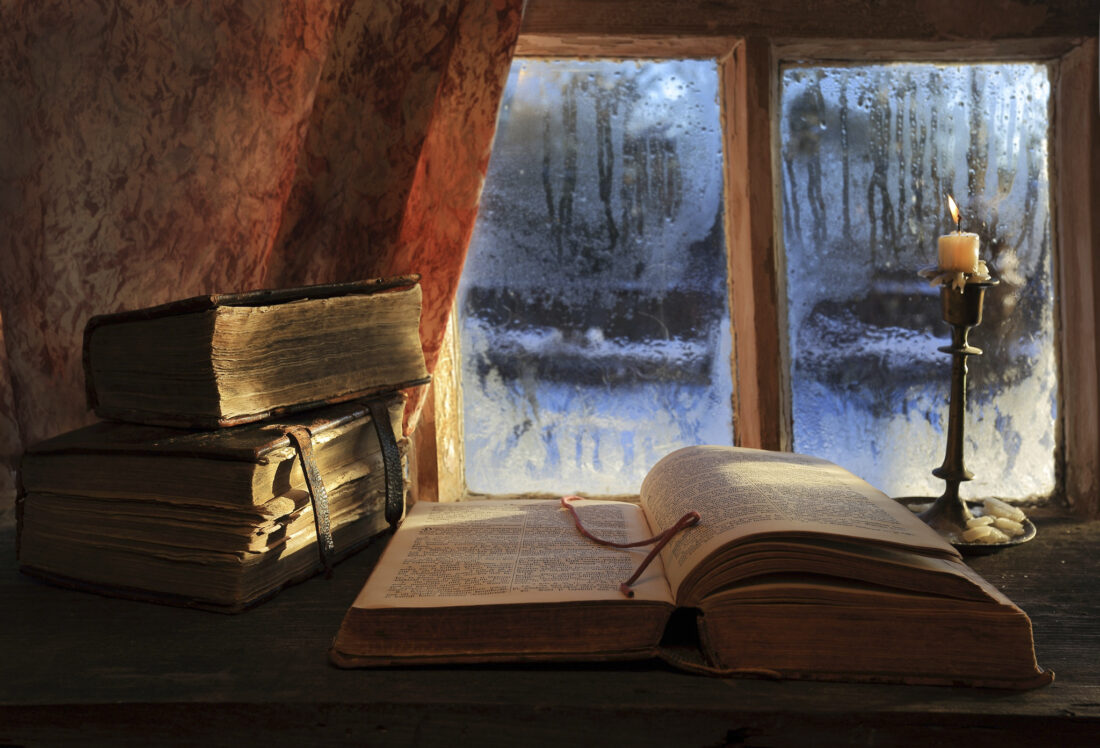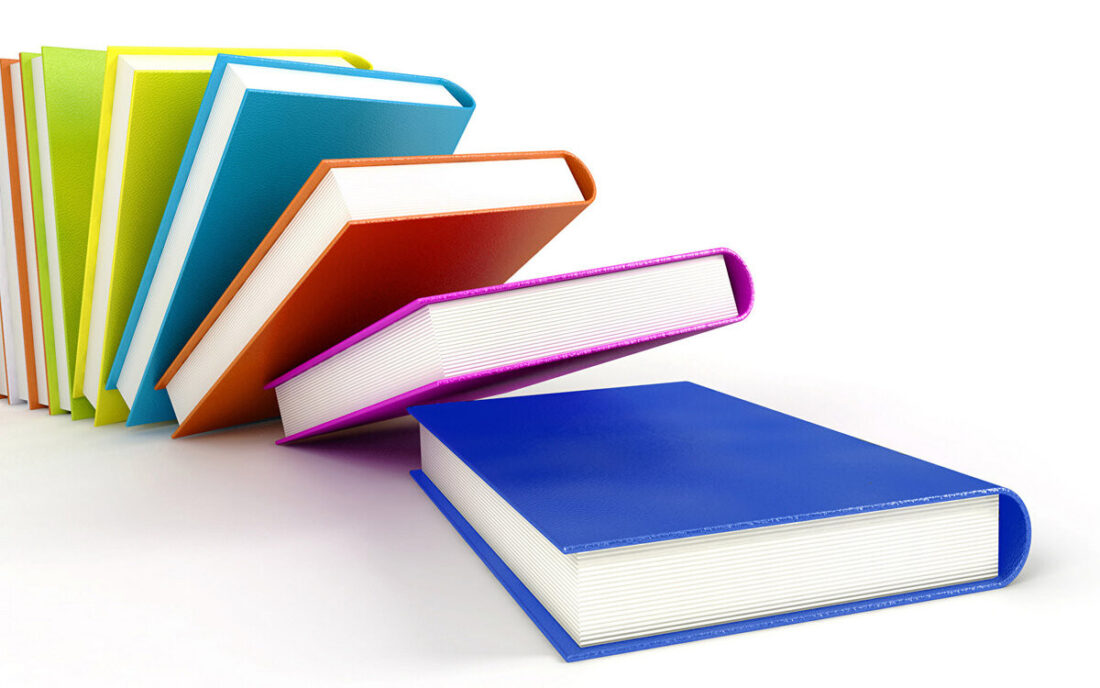The types of literature can be distinguished both by the content of the texts and by their purpose, and it is difficult to fully comply with the principle of unity of reason when classifying. In addition, such a classification is a way to mislead, to combine completely dissimilar and really different phenomena. Typologically different texts of the same epoch are closer to each other than typologically identical texts of different eras and cultures: the Dialogue Plato underlying European philosophical literature has much more in common with other monuments of ancient Greek literature (say, with the dramas of Aeschylus) than with the works of modern philosophers such as Hegel or Russell. The fate of the texts develops in such a way that during their creation they gravitate towards one type of literature, and some influence the other side: for example, “The Adventures of Robinson Crusoe” by Daniel Defoe is read today more like a work of children’s literature, and meanwhile they were written Even not just as a work of fiction for adults, but as a pamphlet with the important role of a journalistic beginning. Therefore, the general list of the main types of literature can only be oriented, and the specific structure of the literary space can be established in relation to a given culture and a given period of time. However, for applied purposes, however, this complexity is not of fundamental importance, so that the practical needs of the book trade and libraries are satisfied by rather ramified, albeit superficial in their approach, systems of library and bibliographic classification.
Fiction
Fiction is an art form that uses words and structures of natural (written human) language as the only material. The specificity of fiction is revealed in comparison, on the one hand, with types of art that use other material instead of verbal and linguistic (music, visual arts) or along with it (theater, cinema, song), on the other hand, with other types of verbal text: philosophical, journalistic, scientific, etc. In addition, fiction, like other types of art, unites author’s (including anonymous) works, in contrast to works of folklore that do not have an author in principle.
Scientific and popular science literature
Main articles: Non-fiction, Popular non-fiction
Scientific literature – a set of written works that are created as a result of research, theoretical generalizations made within the framework of the scientific method. Scientific literature is intended to inform scientists and specialists about the latest achievements of science, as well as to consolidate the priority for scientific discoveries. As a rule, a scientific work is not considered completed if it has not been published. The first scientific works were created in various genres: in the form of treatises, discourses, teachings, dialogues, travels, biographies, and even in poetic forms. Currently, the forms of scientific literature are standardized and consist of monographs, reviews, articles, reports (including their abstracts), abstracts, abstracts and reviews. Currently, many countries have a mechanism for the attestation of scientific literature, supported by the government or public scientific organizations. In Russia, for example, such certification is carried out by the Higher Attestation Commission (Higher Attestation Commission). Among the main requirements for the publication of scientific literature is its mandatory review. As part of this process, the publisher or editorial office of a scientific journal sends it to several (usually two) reviewers who are considered experts in the field before publishing a new scientific work. The peer review process is designed to exclude publications within the scientific literature of those materials that contain gross methodological errors or outright falsifications. Since the beginning of the 20th century, there has been a regular exponential increase in the volume of published scientific literature. In this regard, one of the most important carriers of scientific literature nowadays are periodicals, mainly peer-reviewed scientific journals. Since the end of the 20th century, there has been a tendency for these journals to switch from paper to electronic media, in particular on the Internet.
Popular science literature – literary works about science, scientific achievements and scientists, intended for a wide range of readers. Popular science literature is aimed both at specialists from other fields of knowledge and at less prepared readers, including children and adolescents. Unlike scientific literature, works of popular science literature are not reviewed or certified. Popular science literature includes works on the foundations and individual problems of fundamental and applied sciences, biographies of scientists, descriptions of travels, etc., written in various genres.
Reference literature
Auxiliary literature used to obtain the most general, unquestionable information on a particular issue. The main types of reference literature:
Dictionaries ordering information according to the main words and expressions for a given area of knowledge (or for the entire language as a whole), most often in alphabetical order;
Reference books in which information is ordered in some other way, in accordance with the own structure of a given area of knowledge (for example, a medical reference book – on the localization of diseases or the nature of symptoms);
Encyclopedias are the most comprehensive and systemic collections of information on this area of knowledge.
Ideally, reference books should contain only facts that are considered objectively established and adequately reflect the current level of human knowledge. However, in practice, it is impossible to completely separate facts from interpretations and implicit, implied assumptions, therefore, one or another share of bias is present in any reference publication. In some cases, this share is quite large and is purposefully added to the reference edition: such are, in particular, most reference editions of the Soviet era, especially with regard to humanitarian knowledge – even short dictionary entries are ideologically colored in them. This also applies to the selection of material: for example, in the literary encyclopedias published in the USSR there was a place for purely secondary writers of a socialist and communist orientation, but there were no very significant authors known for their negative attitude towards the Soviet system. Even after a short time, it becomes impossible to use such publications as reference: too much effort has to be spent on separating facts from interpretations; however, it is precisely this ideological coloring that makes reference publications especially interesting as historical evidence, a monument of their era.
Educational literature
Educational literature, mainly divided into textbooks and collections of tasks (exercises), has a lot in common with reference books: like reference books, educational literature deals with that part of knowledge on a particular issue that is considered more or less generally recognized. However, the purpose of educational literature is different: to present this part of knowledge systematically and consistently so that the addressee of the text makes a sufficiently complete and clear idea about it and masters a number of skills that are in demand in this part of knowledge, be it the ability to solve equations or correctly place punctuation marks. This pragmatic task determines the features of the structure of educational texts: repetitions, pickups, test questions and tasks, etc.
Technical literature
Technical literature is literature related to the field of technology and production (product catalogs, instructions for use, maintenance and repair, part catalogs, patents, etc.).




